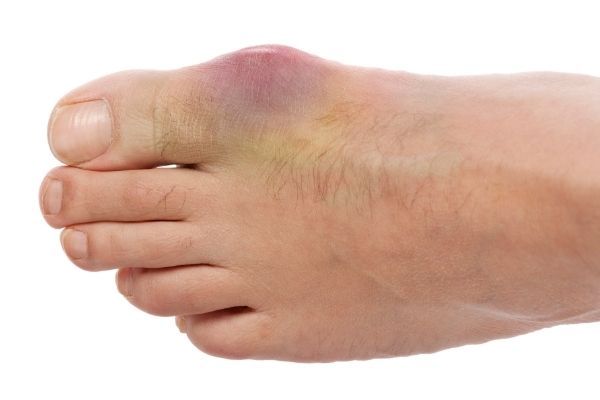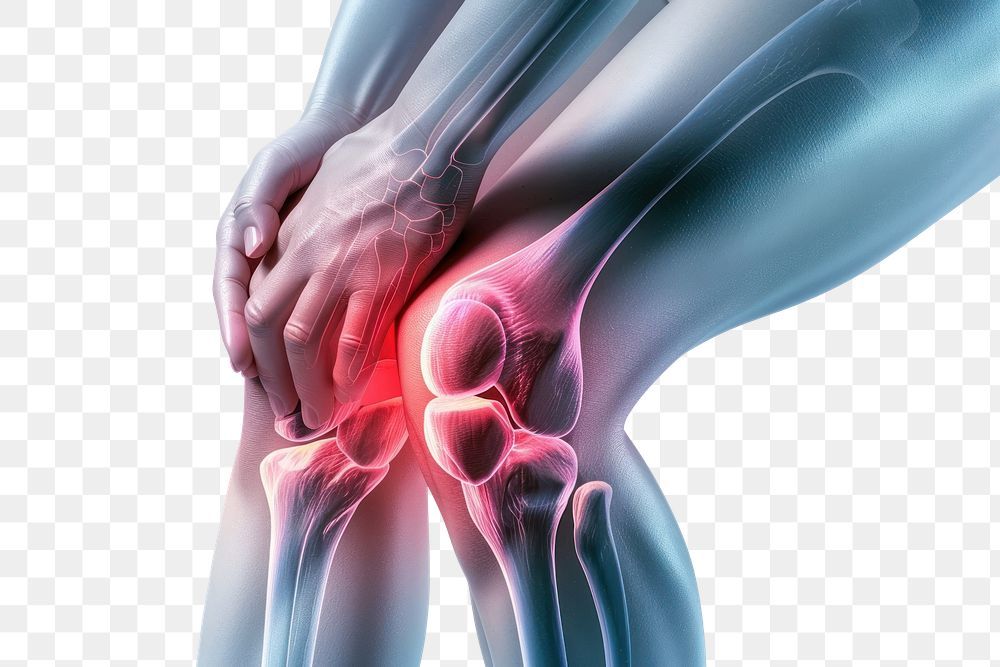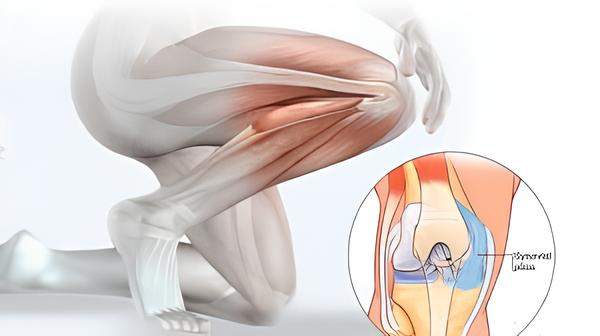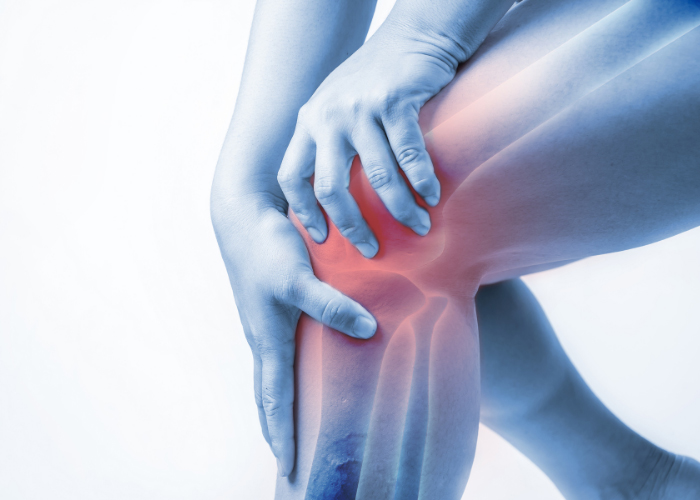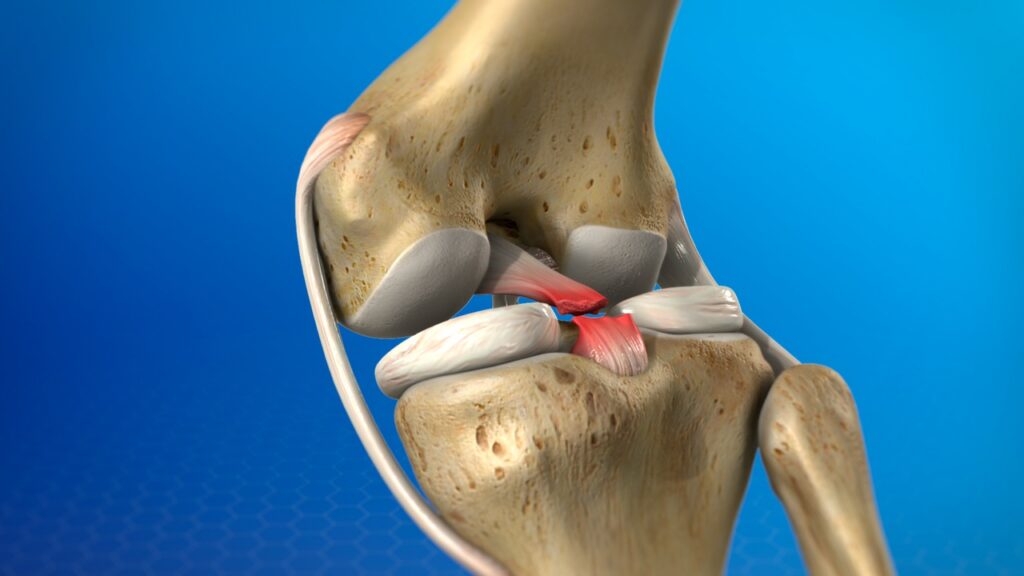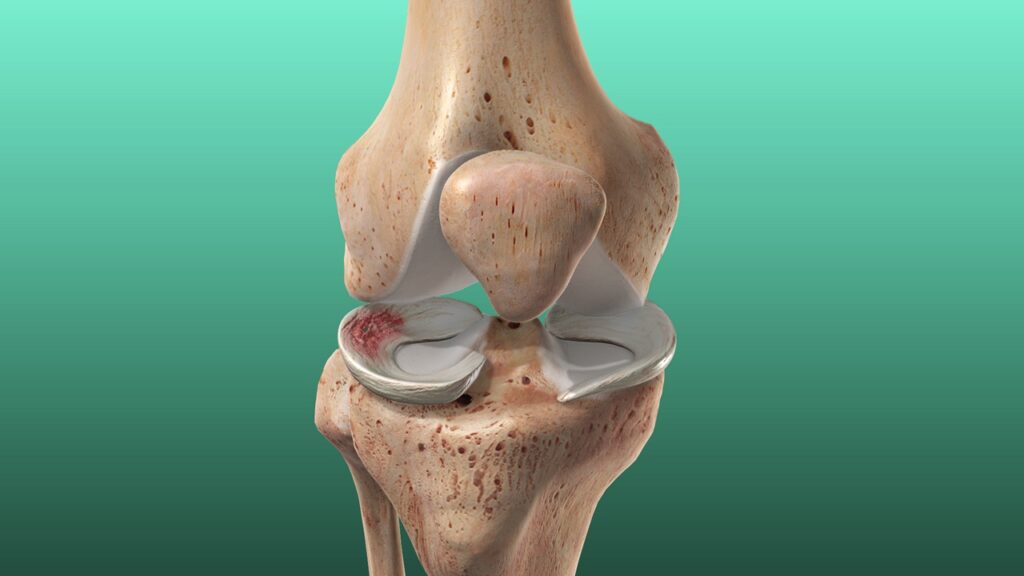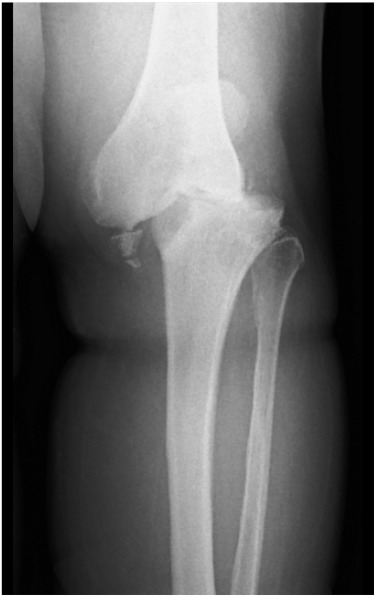Gout: Key Facts
Introduction: Gout is a disorder of purine metabolism characterized by hyperuricaemia, deposition of monosodium urate monohydrate crystals in joints and periarticular tissues, and recurrent attacks of synovitis. Causes: Affected Area: The common sites are the small joints of hands and feet, the metatarsophalangeal joints of the big toe, the ankle and fingers, and the olecranon …

